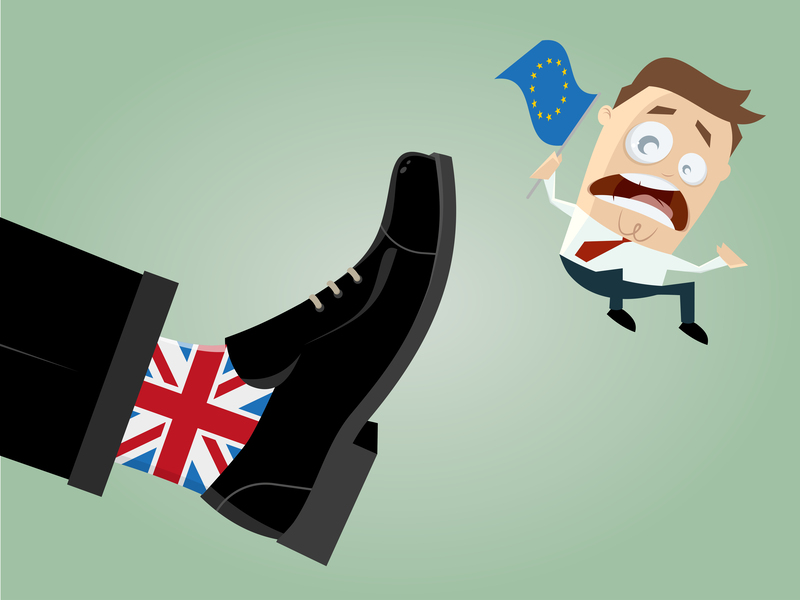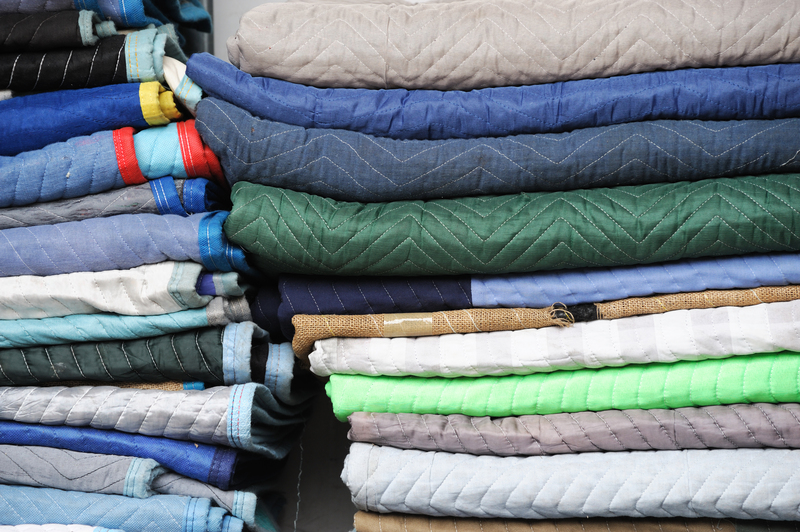What You Need to Know About Piano Moving and Why DIY Isn't Recommended
Moving a piano is more than just shifting a piece of furniture from one space to another. It's an intricate task that requires specialized knowledge, tools, and considerable muscle power. Whether you own an upright piano, a grand piano, or a spinet, understanding the complexities involved in piano moving--and the risks of a DIY attempt--is crucial to preserving your cherished instrument. In this comprehensive guide, we detail what you need to know about piano moving and highlight why hiring professional piano movers is almost always the right choice.

Understanding the Unique Challenges of Piano Moving
Pianos are remarkable instruments, both in their musical elegance and their physical construction. This uniqueness comes with several challenges during relocation. Before discussing why moving a piano yourself isn't recommended, let's examine the primary factors that set piano moving apart from regular furniture moving.
The Anatomy of a Piano
- Weight and Size: Upright pianos can weigh between 300-500 pounds, while grand pianos may exceed 1,200 pounds. Their bulk and size make them awkward to handle.
- Fragility: Despite their weight, pianos are delicate. The inner mechanisms--strings, hammers, soundboard--are susceptible to misalignment or damage if the instrument is dropped or jostled.
- Shape and Balance: Pianos have unusual shapes, often with uneven weight distribution. This can catch unprepared movers off-guard, leading to accidents.
- Value: Many pianos are valuable heirlooms. Even newer pianos represent a significant investment.
Given these factors, it's easy to see why piano relocation is a unique moving challenge.
Common Risks of DIY Piano Moving
While saving money by moving your piano yourself may sound tempting, there are significant risks involved. Attempting to relocate such a heavy, delicate instrument without the right skills and equipment can have dire consequences.
Potential Damage to the Piano
- Internal Component Damage: Dropping or bumping the piano can cause major harm to keys, strings, or soundboard, all expensive to repair.
- Finish Scratches and Dents: The piano's exterior finish is prone to scratches, chips, and dents when improperly handled.
- Hardware Loss: Screws, pedals, and other removable parts may be misplaced or damaged during amateur moving.
Injury Risks
- Back Injuries: Lifting such a heavy object without proper technique can lead to serious back and musculoskeletal injuries.
- Cuts and Bruises: Pianos have sharp edges, heavy lids, and small moving parts, all of which can cause injuries.
- Crushed Fingers or Toes: Mishandling during lifting or setting down the piano can cause painful, sometimes permanent injury.
Property Damage
- Scratched Floors: Dragging or dropping a piano can gouge hardwood floors and crack tiles.
- Broken Stairs or Railings: The massive weight can damage structural elements in your home.
- Wall Dents and Door Frame Damage: Navigating tight corners can result in walls or frames being chipped or dented.
Lack of Insurance
Unlike professional piano movers, DIY attempts typically aren't covered by homeowners insurance if your instrument is damaged. This means any repairs or replacements will come entirely out of pocket, compounding your losses.
Specialized Tools Required for Safe Piano Moving
Professional piano moving companies rely on a range of specialized equipment that most homeowners do not possess. These tools include:
- Moving Dollies: Heavy-duty dollies with locking wheels help transport pianos smoothly and securely.
- Piano Boards (or Skid Boards): These reinforced platforms support the piano, especially grands, during tilting and lifting.
- Moving Straps and Harnesses: Secure the piano to the dolly and provide movers with better leverage and support.
- Padded Blankets & Wraps: Prevent cosmetic damage during transport.
- Piano Slippers: Designed for grand pianos, these allow the legs to move without strain or risk of breakage.
- Ramps: Essential for maneuvering stairs or loading into moving trucks safely.
Without these tools, the chance of harm to both the piano and your property increases dramatically. Attempting a piano move without proper equipment is simply not worth the risk.
Professional Piano Movers: What Sets Them Apart?
Professional movers with piano-moving experience bring much more than muscle to the job. Their expertise includes:
1. Assessment and Planning
Before the move, professionals evaluate the size, weight, and shape of the piano, as well as the layout of your home. They'll measure doorways, hallways, and stairs to determine the safest, most efficient route.
2. Safe Disassembly (if necessary)
Sometimes, pianos--especially grand pianos--must be partially disassembled to fit through tight spaces. Movers know how to do this safely, labeling each part for easy reassembly and tuning afterward.
3. Proper Lifting and Moving Techniques
Professional piano movers use proper body mechanics, team coordination, and specialized harnesses to lift and move pianos efficiently--all while minimizing risk to the instrument and their own bodies.
4. Truck Loading and Securing
The movers know how to load the piano into a truck, secure it to prevent shifting during transit, and use the right padding for extra protection.
5. Insurance and Guarantees
Reputable piano moving companies carry insurance policies specifically designed to protect valuable instruments. Should anything go wrong, your piano is covered.
Cost Considerations: Professional vs. DIY Piano Moving
Cost is one of the biggest motivators behind DIY moves. But is it really less expensive in the long run? Let's break down the potential expenses:
- Equipment rental (dolly, straps, blankets, ramp): $100-$200+
- Truck rental: $50-$100 (plus fuel and liability coverage)
- Labor: Enlisting friends doesn't cost money, but increases injury and damage risk. If you injure yourself, medical costs can be substantial.
- Potential property repairs: Floor or wall damage can easily cost hundreds.
- Piano tuning/repair: Pianos often go out of tune or sustain internal damage during improper moves--repairs can be expensive.
In contrast, professional piano movers usually charge between $150 and $600+ based on the piano type, difficulty, and distance. When you consider what's at stake--your piano, your health, and your home--hiring a pro is often the most economical choice.
How to Choose the Right Piano Moving Company
Not all movers are equal. If you've decided to hire professionals (a wise choice!), here are important tips for selecting the right team:
- Look for specialists: Not every mover is qualified for pianos. Confirm the company has specific piano moving experience and proper training.
- Ask about insurance: Verify that the mover has adequate liability and cargo coverage.
- Check reviews and reputation: Look for positive feedback, especially from other piano owners.
- Request a written estimate: This should include all charges, with no hidden fees.
- Inquire about equipment: Ensure they use appropriate tools and materials for the job.
Frequently Asked Questions About Piano Moving
Can I move a small upright piano myself?
Even compact upright pianos can weigh several hundred pounds. Without the right tools or help, the risk of injury or damage is still very high. It's best to use at least piano moving professionals for safe transport.
Will moving affect my piano's tuning?
Moving--even with the utmost care--can throw a piano out of tune, especially if it's exposed to temperature and humidity changes. Plan to have your piano professionally tuned after the move settles.
How long does it take to move a piano?
Each move is unique, depending on factors such as stairs, doorways, and distance. Most in-home moves take 1-3 hours, while longer-distance moves obviously take more time.
Do piano movers offer storage?
Many piano movers also provide climate-controlled storage, which is vital if your new location isn't ready yet. Standard movers' storage units may not offer the controlled environment pianos require to prevent cracking or warping.
Piano Moving Tips: Preparing for a Safe and Smooth Relocation
Even when hiring a professional, you can take steps to ensure a seamless move:
- Clear the path: Remove rugs, furniture, and obstacles between the piano and the exit route.
- Protect your floors and walls: Lay down thick blankets or plastic sheeting, paying special attention near corners.
- Secure pets and children: Keep furry friends and kids in another room during the move.
- Provide accurate details: Let your movers know about stairs, elevators, or narrow spaces in advance so they come properly prepared.
- Document your piano: Take photos before the move in case of any damage claims later.

In Summary: Why DIY Piano Moving Just Isn't Worth It
When it comes to piano moving, the risks of a do-it-yourself approach far outweigh the potential savings. The instrument's unique construction demands specialized care, and the chance of property damage or personal injury is simply too high. Professional piano movers bring the tools, experience, and peace of mind that guarantee your instrument arrives safely--ready for years of beautiful music in its new home.
Whether your piano is an antique heirloom or a modern grand, make the smart choice: leave piano moving to the pros!
Related Resources
For more expert insights on piano care and moving, subscribe to our newsletter!



